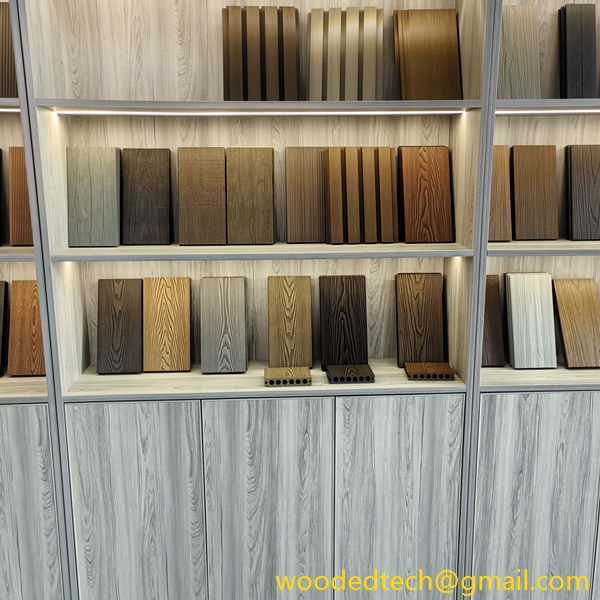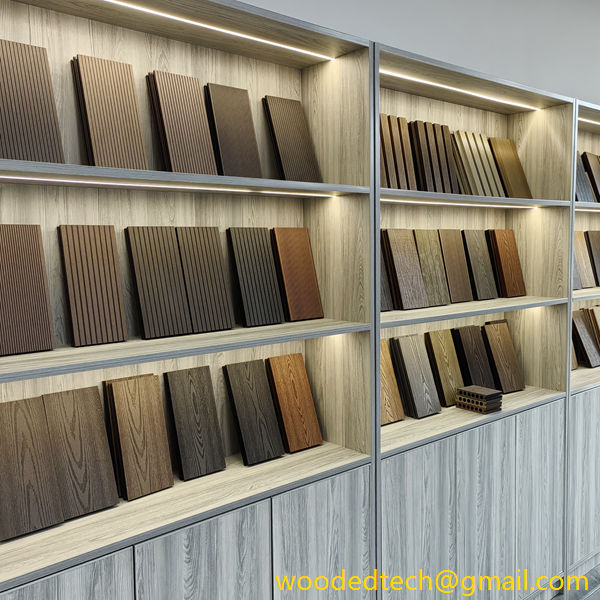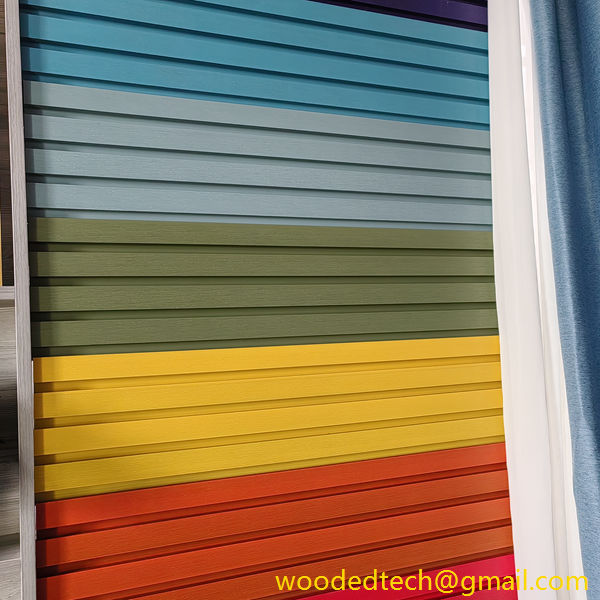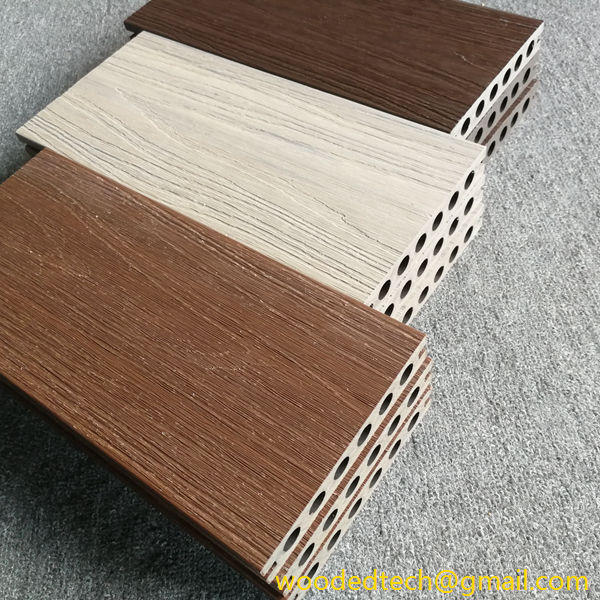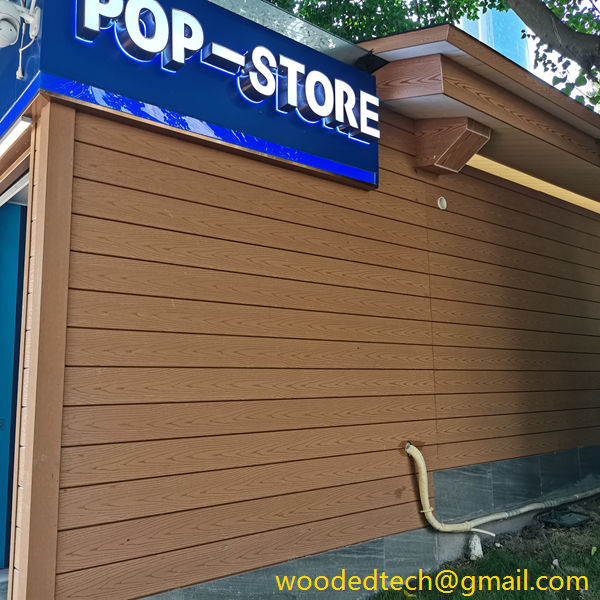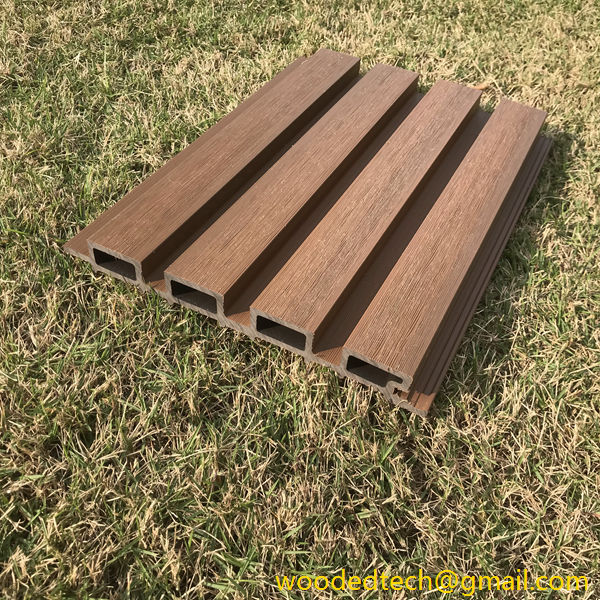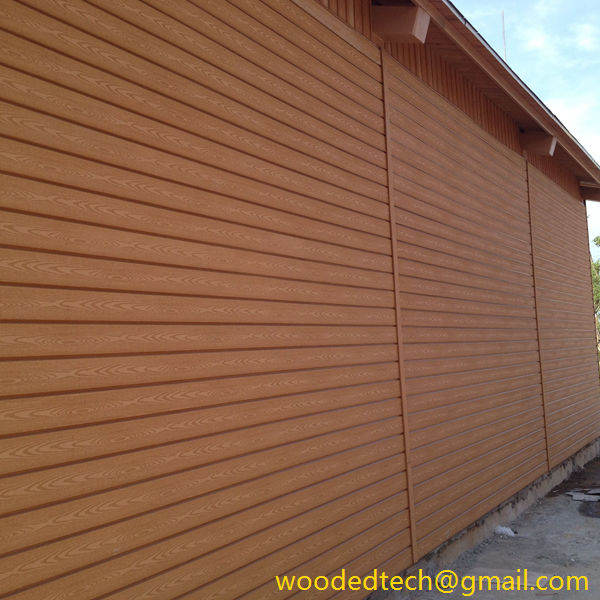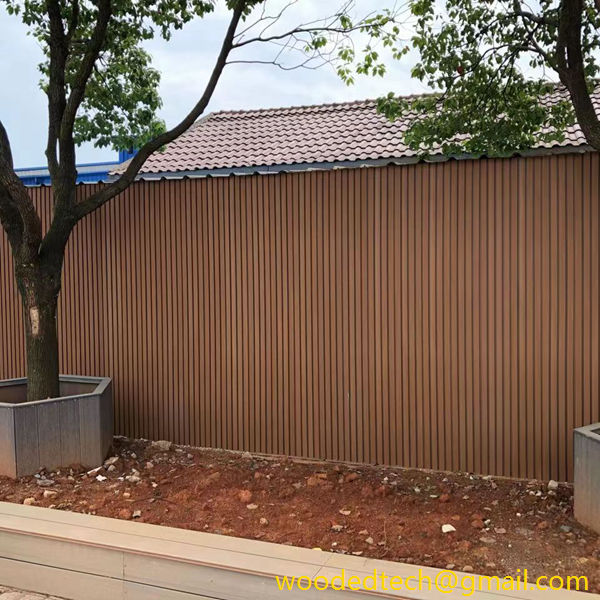فهم أقسام WPC للتطبيقات الإنشائية
فهم أقسام WPCs للتطبيقات الإنشائية برزت مركبات الخشب والبلاستيك، التي يشار إليها عادةً باسم WPCs، كمادة ثورية في مجال التطبيقات الإنشائية. تجمع هذه المركبات بين المظهر الجمالي الطبيعي للخشب ومتانة ومرونة البلاستيك، مما يخلق حلاً متعدد الاستخدامات يلبي متطلبات البناء والتصميم الحديث. ...
فهم أقسام WPC للتطبيقات الإنشائية
Wood-Plastic Composites, commonly referred to as WPCs, have emerged as a revolutionary material in the field of structural applications. These composites combine the natural aesthetic appeal of wood with the durability and resilience of plastic, creating a versatile solution that meets the demands of modern construction and design. To fully appreciate the advantages of WPCs, it is essential to delve into their composition, properties, and the various sections that make them suitable for structural applications.
The composition of WPCs typically consists of a combination of wood fibers or flour and thermoplastic resins. This blend not only enhances the mechanical properties of the material but also contributes to its eco-friendliness. By utilizing recycled wood and plastic, WPCs serve as a sustainable alternative to traditional building materials. The production process often involves the extrusion of the composite mixture, resulting in various shapes and sections that can be tailored to meet specific structural requirements.
One of the most significant advantages of WPCs is their resistance to environmental factors. Unlike traditional wood, which may be susceptible to rot, decay, and insect damage, WPCs are engineered to withstand such challenges. This makes them an ideal choice for outdoor applications, including decks, railings, and exterior cladding. The inherent durability of WPCs reduces maintenance requirements, translating to cost savings over time. Furthermore, their resistance to moisture means that they can be used in high-humidity environments without the risk of warping or swelling.
In terms of structural applications, WPCs can be categorized into various sections based on their design and intended use. These sections include boards, beams, and profiles, each serving unique functions within a construction project. WPC boards, for instance, are commonly used for decking and flooring, providing a solid surface that is both aesthetically pleasing and functional. The non-slip surface of WPC boards enhances safety, particularly in areas prone to wet conditions.
Beams made from WPCs are gaining popularity in structural frameworks due to their strength and lightweight properties. The ability to span larger distances without the need for additional support makes WPC beams an attractive option for architects and builders. This characteristic not only simplifies the construction process but also allows for greater design flexibility. Additionally, WPC beams can be engineered to meet specific load-bearing requirements, making them suitable for various applications, including residential, commercial, and industrial structures.
Profiles, which refer to the various shapes that WPCs can take, are also integral to their application in construction. These profiles can be designed for specific purposes, such as fencing, railing systems, and decorative elements. The versatility of WPC profiles allows them to mimic the appearance of traditional wood while benefiting from the enhanced performance characteristics of plastic. This blend of aesthetics and functionality is particularly appealing in landscaping and architectural design.
Another important aspect of WPCs is their thermal performance. Unlike traditional wood, which can expand and contract with temperature fluctuations, WPCs exhibit minimal thermal expansion. This stability is crucial in structural applications, as it ensures that the material maintains its integrity over time. The reduced movement of WPCs also minimizes the risk of joint failure, contributing to the overall durability and longevity of the structure.
Furthermore, WPCs are available in a wide range of colors and finishes, allowing for greater design flexibility. Whether a project requires a natural wood appearance or a more modern aesthetic, WPCs can be customized to meet these demands. This adaptability makes them suitable for a variety of architectural styles, from traditional to contemporary.
In terms of environmental impact, WPCs offer significant benefits over traditional materials. The use of recycled content in their production not only reduces waste but also lowers the carbon footprint associated with manufacturing. Additionally, WPCs do not require the same level of chemical treatments as traditional wood to resist rot or pests, further minimizing their environmental impact. As sustainability becomes an increasingly important consideration in construction, WPCs present an attractive option for eco-conscious builders and designers.
Despite the numerous advantages of WPCs, it is essential to consider their limitations as well. While they offer excellent durability and resistance to environmental factors, WPCs may not be suitable for all structural applications. For instance, in situations where high load-bearing capacity is required, traditional materials such as steel or concrete may still outperform WPCs. Therefore, a thorough evaluation of the specific requirements of a project is crucial in determining the appropriate use of WPCs.
In conclusion, Wood-Plastic Composites represent a significant advancement in structural materials, offering a blend of aesthetic appeal, durability, and sustainability. Understanding the various sections of WPCs and their applications allows builders, architects, and designers to leverage their unique characteristics effectively. As the demand for sustainable construction materials continues to rise, WPCs are poised to play a vital role in shaping the future of building practices. Through continued innovation and research, the potential of WPCs will only expand, paving the way for new applications and enhanced performance in the years to come.

